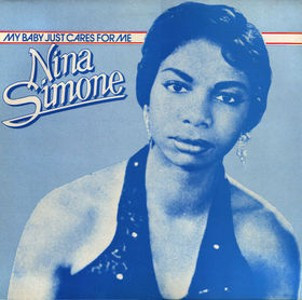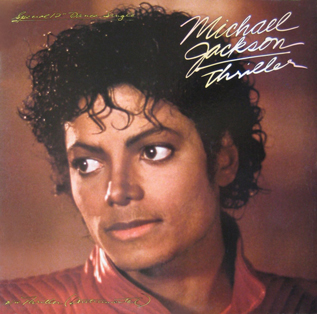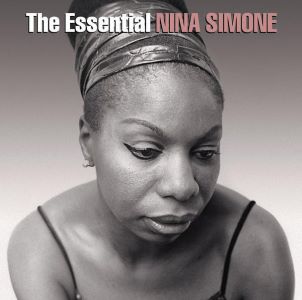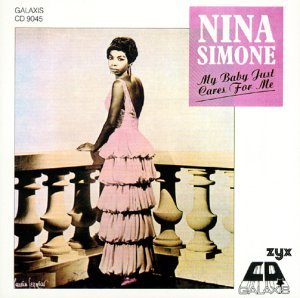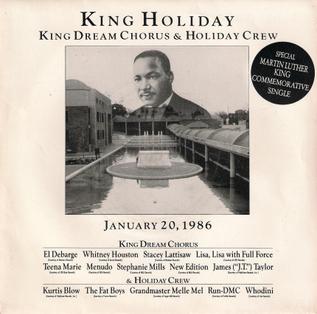Few artists have embodied as many roles as Nina Simone. She was a classically trained pianist, a jazz singer, a blues interpreter, a protest leader, and a torch song specialist—often all in the span of a single performance. Simone’s catalog is as vast as her influence, but this playlist highlights the breadth of her artistry, from the tenderness of “I Loves You, Porgy” to the fiery urgency of “Mississippi Goddam.” Whether reimagining the standards or giving voice to the Civil Rights Movement, Simone delivered each song with a conviction that made it undeniably her own.
Simone’s ability to transform a song was unmatched. Her take on “To Love Somebody” strips the Bee Gees’ original of its pop sheen and replaces it with raw yearning, while “I Put a Spell on You” moves beyond Screamin’ Jay Hawkins’ theatrical growl into something genuinely haunting. She injected “Mr. Bojangles” with a quiet sorrow that feels more lived-in than nostalgic, and her version of “Here Comes the Sun” trades George Harrison’s optimism for a more hesitant hopefulness. Even when covering others, she reshaped the material to fit her vision.
Yet Simone’s greatest impact may have come through her role as a protest singer. Songs like “To Be Young, Gifted and Black” and “I Wish I Knew How It Would Feel to Be Free” were more than recordings; they were rallying cries. “Mississippi Goddam,” written in response to the murder of Medgar Evers and the bombing of the 16th Street Baptist Church, remains one of the most blistering indictments of racial injustice ever put to music. “Four Women” delivers a stark, unflinching portrayal of Black womanhood, a subject few artists tackled so directly at the time.
Simone’s ability to balance the political with the deeply personal is part of what makes her catalog so compelling. “The Other Woman” and “I Want a Little Sugar in My Bowl” reveal her mastery of intimate storytelling, while “Wild Is the Wind” and “Feeling Good” showcase her ability to evoke sweeping emotion. Even in moments of defiance, as on “Revolution (Pts. 1 and 2)” or “Go to Hell,” there is an undercurrent of vulnerability—Simone was never just delivering messages; she was baring her soul.
Through it all, her voice remained unmistakable: sometimes smooth, sometimes jagged, always expressive. She could whisper, growl, or soar, depending on what the song demanded. Whether she was interpreting Dylan (“Just Like a Woman,” “I Shall Be Released”) or spirituals (“Sinnerman”), jazz standards (“Nobody Knows You When You’re Down and Out”), or contemporary compositions (“Baltimore”), she inhabited the music in a way that few artists ever have. Nina Simone didn’t just sing—she made sure you felt every note.
Follow Tunes Du Jour on Facebook
Follow me on Bluesky
Follow me on Instagram
